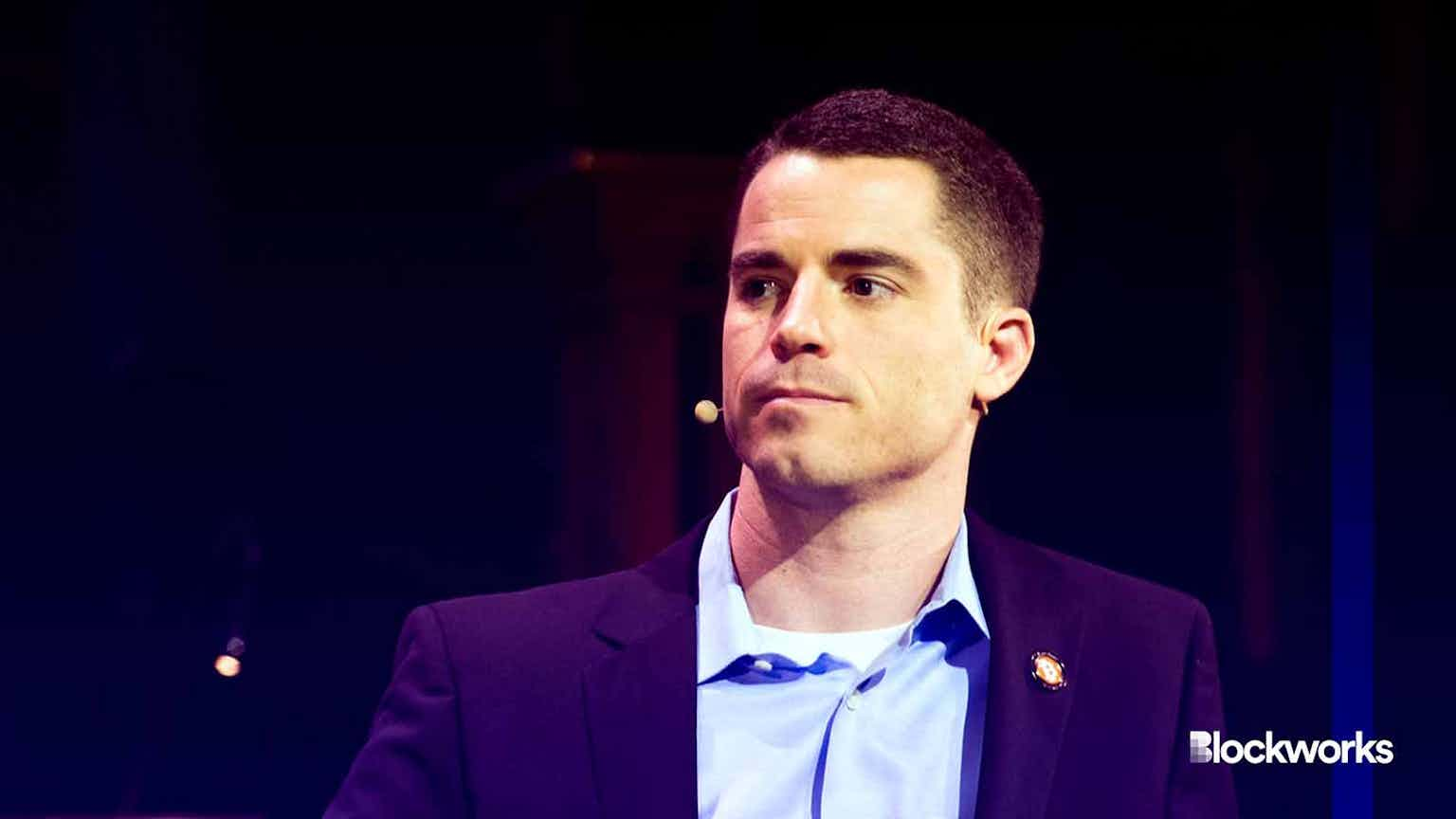After Latest Crypto Bridge Hack, Industry Participants Call for Tighter Security
After the Nomad crypto bridge lost more than $190 million to hackers this week, industry participants say bridges must step up security measures, following an embarrassing rash of exploits this year

Source: Shutterstock
key takeaways
- Bridge protocols are popular targets for hackers as the blockchain-to-blockchain solutions grow in popularity and usage
- Web3-oriented protocols may need to begin deploying tried-and-true Web2 cybersecurity measures, a specialist told Blockworks
In 2022’s latest hack of a crypto bridge, Nomad lost a substantial sum in a hack made possible by a routine upgrade that allowed nefarious actors to skip verification messages and steal more than $190 million.
Crypto bridges enable transactions between different blockchains without a third-party to facilitate the exchange. The Nomad hack is now the third-largest bridge hack this year behind Wormhole, where hackers drained $325 million in February, and Ronin, where $625 million was stolen from its blockchain in March.
The Nomad hack was an implementation bug that didn’t stem from transactions going awry, said Dmitriy Berenzon, a research partner from early-stage token fund 1KX.
“The attack didn’t come from transactions that went over the bridge, it’s an exploit of the contracts on Ethereum — it’s more issues in the code itself, rather than the theoretical security model,” Berenzon told Blockworks. “This is unlike the other hacks we’ve seen where the actual Root of Trust (RoT) is compromised.”
Cryptographic systems depend on RoT to secure operations. A compromised RoT implies that the keys to encrypt and decrypt data on the hardware are broken.
Blockchain bridges have become popular targets for crypto-savvy hackers, namely because of the complexity of their underlying smart contracts. Such vulnerabilities have drawn criticism from the likes of Ethereum founder Vitalik Buterin who previously said bridges have “fundamental security limits” that make him pessimistic about cross-chain applications.
“The scariest part about bridged assets is the domino effects in the unhappy case,” Berenzon said. “Assets are used and integrated into different protocols, and if there is an issue with one bridge, it can get wrapped into another bridge — so, you have a cascading systemic risk that is potentially hard to unwind.”
An example of asset integration would be if you had ether that you want to switch to Polygon to leverage its cheaper gas fees — you would send your ETH to a bridge address on an Ethereum blockchain. Once your deposit is received, your ETH will become “wrapped,” making it compatible with Polygon and easier for you to perform transactions on the layer-2 network.
It’s impossible to mitigate risk completely, Berenzon said — but minimizing loopholes as bridges grow in usage is paramount.
Hugh Brooks, a product director at blockchain security firm CertiK, said bridges are going to take on an increasingly larger role as developers, envisioning a multichain future, are no longer content to build on a single blockchain.
Rather, Brooks said, the Web3 ecosystem ought to benignly deploy Web2 cybersecurity attitudes.
“We need to have a full security mindset and to be testing at each step of the way,” Brooks told Blockworks. “If [Nomad] had a response team in place to respond to the hacks, they might have been able to shut it down or execute a hack themselves to prevent others from taking that money. Although there were white hackers who did intervene, you’re not always going to be able to rely on the community for these kinds of incidents.”
Start your day with top crypto insights from David Canellis and Katherine Ross. Subscribe to the Empire newsletter.





